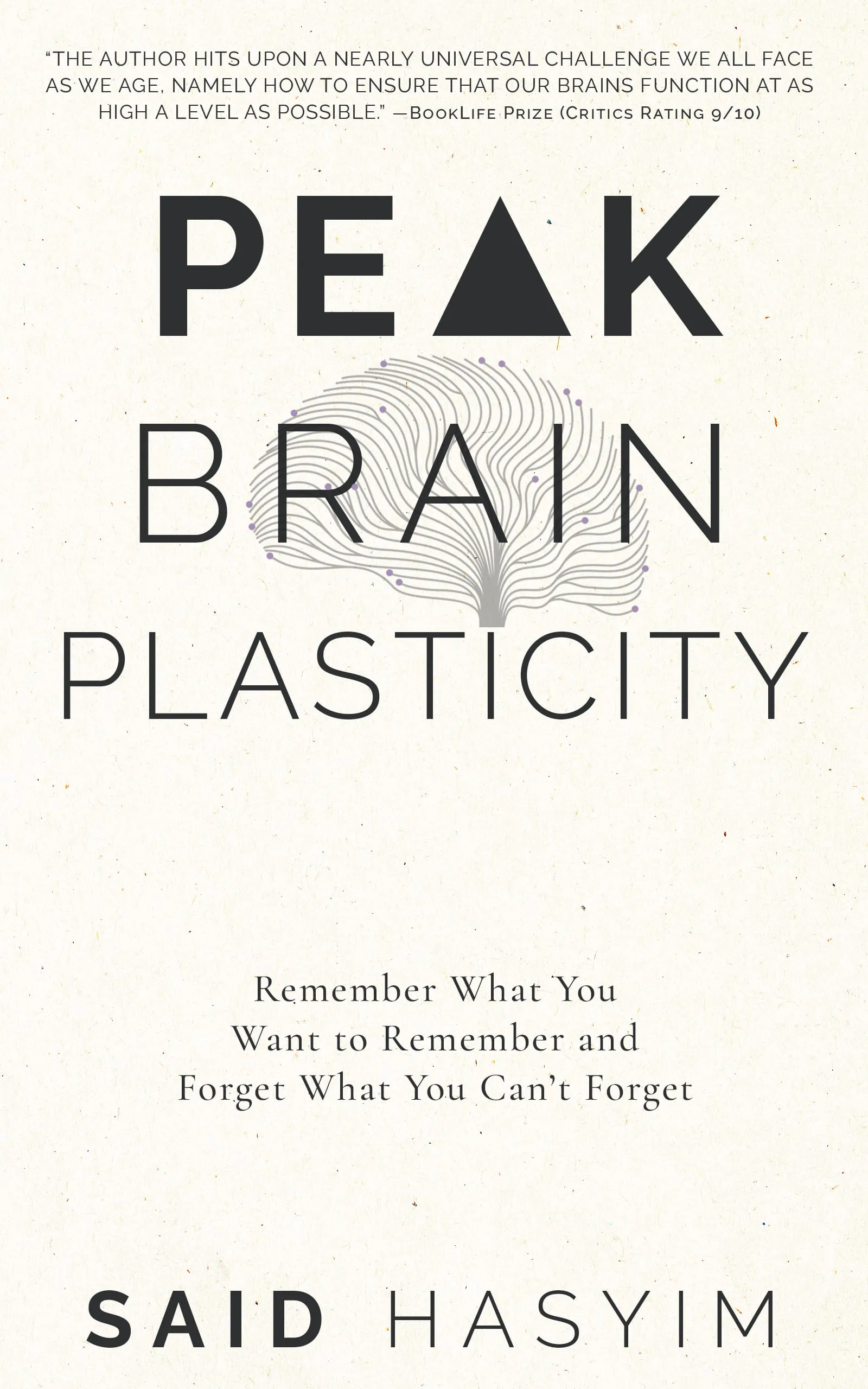Effective Note-Taking Strategies for Better Recall
In today's fast-paced world, the ability to retain and recall information is crucial for academic success, professional development, and lifelong learning. Whether you're a student in a lecture hall, a professional in a meeting, or a lifelong learner attending a workshop, effective note-taking can significantly enhance your understanding and retention of the material. In this post, we'll explore various strategies that can help you take better notes and improve your recall.
Why Note-Taking is Important
Before diving into strategies, let’s discuss why note-taking is essential. Engaging with material through note-taking can create several cognitive benefits:
Enhances Focus: Taking notes encourages active listening and engagement. It keeps your mind from wandering and maintains your attention on the material being discussed.
Promotes Understanding: Writing things down allows you to process and synthesize information in your own words, leading to a deeper understanding of the subject matter.
Improves Recall: Studies have shown that physically writing something down can enhance memory retention. The act of writing engages multiple areas in your brain, aiding in recall.
Creates a Study Resource: Well-organized notes serve as a valuable resource when reviewing for exams or refreshing your knowledge later.
Note-Taking Strategies
Now that we understand the importance of note-taking, let's delve into effective strategies that can help improve your skills.
1. Choose the Right Tools
The first step to effective note-taking is selecting the right medium. Here are some tools you might consider:
- Digital Note-Taking Apps: Platforms like Evernote, OneNote, and Notion offer flexibility with features like search, organization, and multimedia support.
- Bullet Journals: If you prefer pen and paper, bullet journals can help you organize thoughts and track tasks efficiently.
- Traditional Notebooks: Sometimes, simple notebooks can be the most effective tools, especially for those who remember better through writing.
2. Employ the Cornell Method
The Cornell note-taking system is a structured format that enhances organization and retrieval. Here's how it works:
- Divide your page: Create two columns on the right-hand side for notes and a smaller column on the left for cues.
- Take Notes: During your lecture or meeting, write detailed notes in the larger right column.
- Summarize: After the session, summarize the key points in the left column. This encourages distillation of information.
- Review: Test yourself using the cues on the left side to reinforce your memory.
3. Use Visual Aids
Visual aids can significantly enhance your note-taking by providing context and clarity. Consider these techniques:
- Mind Mapping: Create a visual representation of ideas and their connections. This technique clusters information, making it easier to visualize relationships.
- Charts and Diagrams: Use tables, flowcharts, or diagrams to organize data and illustrate processes.
4. Be Selective with Information
Not all information is created equal. Focusing on key points rather than transcribing everything can make your notes more effective. Here’s how:
- Listen for Cues: In lectures or meetings, pay attention to verbal cues (e.g., "the main point is," "remember this," or "the takeaway") that indicate important information.
- Summarize: Paraphrasing information in your own words helps you focus on what’s most important while also improving recall.
5. Utilize Active Learning Techniques
Note-taking should be an active process. Here are some active learning strategies:
- Ask Questions: Write questions alongside your notes. This strategy encourages deeper engagement and critical thinking.
- Summarize Regularly: After each section of notes, take a moment to summarize key points. This reinforces your understanding and memory.
6. Organize Your Notes
Well-organized notes are easier to navigate and learn from. Here are a few tips for structure:
- Use Headings and Subheadings: This creates a clear hierarchy within your notes, making them easier to skim and review.
- Bullet Points and Numbered Lists: Breaking down information into bite-sized chunks can facilitate retention and clarity.
- Highlight or Color Code: Use different colors for different topics or importance levels, which adds a visual element and helps categorize information.
7. Review and Revise Notes Regularly
The forgetting curve shows that we forget information quickly after learning it. To combat this, make it a habit to regularly review and revise your notes. Here’s how:
- Weekly Reviews: Set aside time each week to go through your notes and reinforce your learning.
- Update and Refine: Add new insights or clarifications to your notes during reviews, making them more comprehensive.
8. Experiment with Different Techniques
Everyone has a unique learning style, and what works for one person may not work for another. Don’t hesitate to experiment with various note-taking methods to find what suits you best.
- Try Different Formats: From long-form notes to bullet points, diagrams to mind maps, see what resonates with your learning style.
- Combine Techniques: You might find that a combination of methods works best for certain subjects or types of information.
Conclusion
Effective note-taking is a vital skill that can enhance your ability to learn and retain information. By incorporating the strategies outlined in this post, you can make your note-taking more efficient, organized, and effective. Remember, the goal is to find a method that works for you, enhances your understanding, and supports your recall. With practice and adaptation, you’ll be well on your way to becoming a more effective learner and a master of retention. Happy note-taking!
Harness the Power of Neuroplasticity
Discover Peak Brain Plasticity, a practical book to harnessing neuroplasticity. Enhance your memory, learn new languages quickly, and alleviate anxiety with effective study methods. Uncover daily habits that impact cognitive health and explore techniques for accelerated learning and memory retention. Unlock your brain's potential for growth and transformation.
